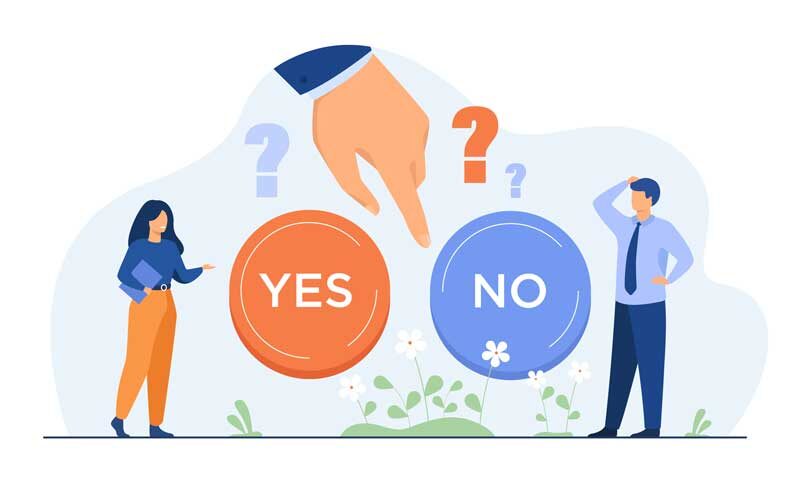“Right” and “wrong” are ideas that have existed throughout human history. However, over time, its form has altered. For instance, offering sacrifices of both humans and animals was common in several parts of the ancient world; nevertheless, this practice is now seen as abhorrent and morally wrong, but where did it come from originally? Where does it come from these days?
Do good and evil exist?
Due to their inherent nature, people are inherently troubled by morality and conscience. To put it succinctly, it exists and does not exist simultaneously. The concept that there are morally right and wrong acts was formed throughout time in order for mankind to survive, much as colors, numbers, and languages. This is because the establishment of an unseen norm will dramatically reduce the likelihood of humans murdering one another. However, like all previous concepts that people have named, it just lives in our heads (Koch, 2014).
When do humans get morals?
Since morality appears to vary depending on the individual, it is still unclear when morality exactly develops in humans. However, moral realism—the idea that morality is governed by authority people and that disobeying them will result in punishment—begins to emerge in youngsters around the age of five to nine, according to the hypothesis of Swiss psychologist Jean Piaget. At this age, children tend to evaluate others primarily on the basis of the results and ramifications of their actions, rather than considering the motivations behind the actions. Consequently, around the age of nine or ten, people will develop the idea of “moral relativism,” which teaches them that morality is situation-specific and gives them the capacity to see things from another person’s point of view. Children at this age learn that in order to comprehend what is good and wrong, intentions and results are important (Puri, 2021).
The Id, the Ego, and the Superego
The three elements—the id, ego, and superego—were developed by renowned psychologist Sigmund Freud and are mental notions rather than actual entities. According to certain theories, the id is present from birth, the ego forms throughout the first three years of life, and the superego forms sometime during the fifth year. Each serves a distinct function, as seen below:
- The id is the impulsive, instinctive, and unconscious side of a personality. The id is very simple, consisting of only two instincts: the biologically instinctive and the chaotic instinct. It strives to achieve unconscious wants, regardless of the consequences.
- The ego is the reasoning aspect of the psyche that is closest to how people typically think and behave. It strikes a balance between the moral restraints of the superego and the irrational urges of the id. While staying within a safe and socially acceptable bound, the ego makes every effort to satiate the desires of the id. The ego is present in both the conscious and unconscious minds, in contrast to the id, which is limited to the unconscious mind.
- The superego takes control of the moral part of the mind, overseeing emotions such as pride, satisfaction, shame, and guilt. It is the source of the whispers of conscience and self-criticism (Mcleod, 2023).
Koch, R.,2014. Do Good and Evil Exist? [online] HuffPost. Available at: https://www.huffpost.com/entry/do-good-evil-exist_b_5714409 [Accessed 2 December 2023].
Mcleod, S.,2023. Id, Ego and Superego. [online] Simply Psychology. Available at: https://www.simplypsychology.org/psyche.html [Accessed 2 December 2023].
Puri, R.,2021. How Does Morality Develop in Children & Why is it So Important? [online] The Honeybee Health Buzz. Available at: https://blog.honeybeehub.io/how-does-morality-develop-in-children-why-is-it-so-important/ [Accessed 2 December. 2023].
